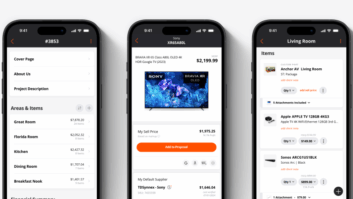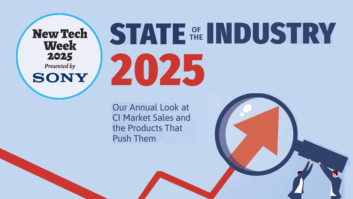Picture this: You’ve got a catalog, purchase order, and proposal software that is not only extremely popular with dealers, but manufacturers and distributors also want to work with you and have your system help them do business on the web. Plus, you have venture capitalists willing to give you millions to help finance the whole thing.
How could anything go wrong?
Even the perfect recipe for success is no guarantee, as Portal founder and CEO Kirk Chisholm learned over a turbulent run that took the company from being the toast of CEDIA Expo to near bankruptcy and back again. And despite these trials — perhaps in light of them — Portal is back and growing once more, even in one of the worst economic downturns in a century.
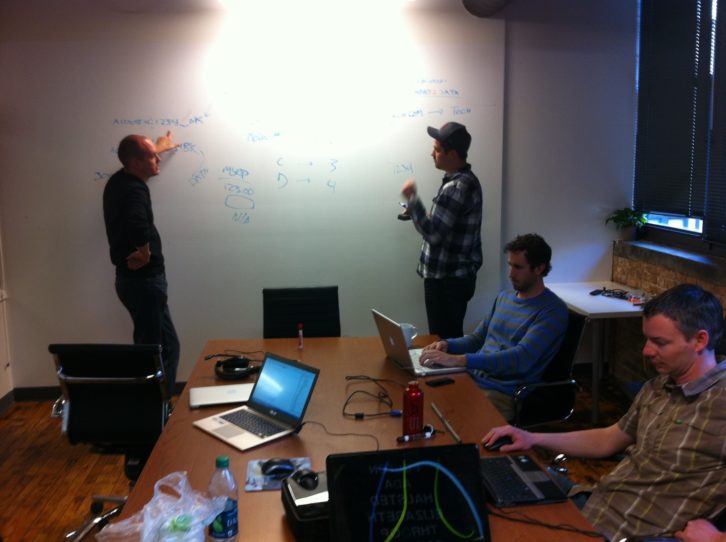
Early Days
SupplyStream, the company that would become Portal, made its debut at CEDIA Expo 2013 as a web-based catalog and purchase order tool. “People played with it and saw everything was there — every SKU, image, and description,” says Chisholm. “It took off because it solved two problems facing the industry: data is hard to get and difficult to maintain. We solved the data problem, and removed the difficulty.”
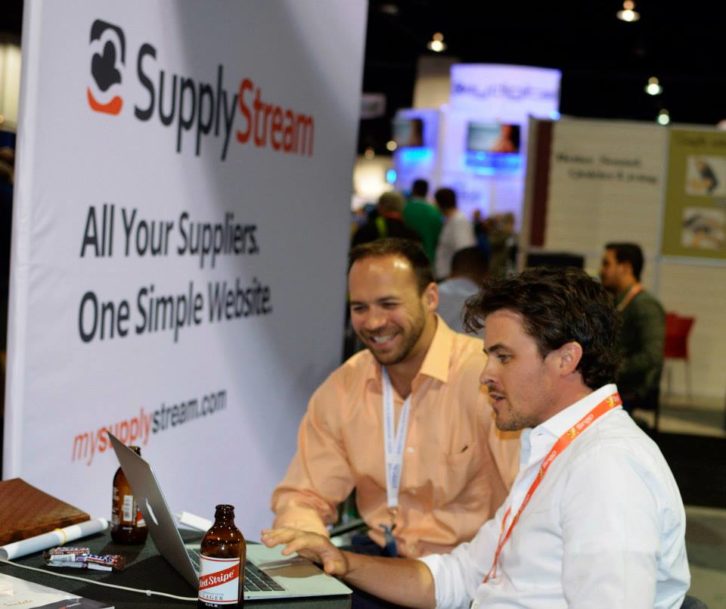
At dealers’ requests, the company added a proposal tool the following CEDIA, which quickly became a go-to resource throughout the industry. Two years later they changed the company name to Portal.
“The reason we chose that name,” says Chisholm, “is because we would have these calls with suppliers and they would always say, ‘We’re trying to build a new portal.’ Or, ‘We need our own portal.’ And what they called their portals were just garbage — some PDFs thrown up on a website. We wanted to redefine what it meant to have a portal. At the same time, dealers kept referring to our platform as the ‘Portal.’ We saw the opportunity to change our name to ‘Portal’ and set the standard in the industry.”
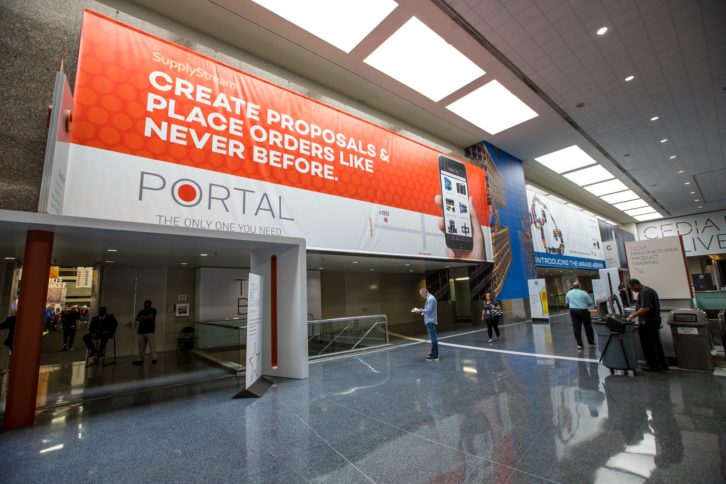
Portal Select
At this point, manufacturers and distributors started taking notice of what Chisholm and company had built, and realized it had more economic value for them than it did for dealers. Portal had solved territory restrictions and managed to organize the infinite number of price tiers for dealers, both key functions of doing business in a protected wholesale industry. Vendors wanted to leverage all that tech.
“It seemed like a no-brainer,” says Chisholm. “What if we could help manufacturers and distributors solve their technology problems, while giving dealers a better buying experience and tools for their business? We could monetize off transactions, and make the whole thing free for dealers? It was a win-win-win for everyone.
“We pitched the model to investors, and they were on board. We raised a lot of money, and we built the first industry marketplace.”
That marketplace included a certification for qualified manufacturers and distributors called “Portal Select.” Portal Select was a badge awarded to suppliers that could provide the following level of buying experience:
- In stock guarantee
- Three-day or less shipping
- Free shipping
- Easy payment
- Rewards
The Portal Select badge promised dealers the transaction would be efficient and hassle-free. It was designed to highlight the manufacturers and distributors in the industry that were committed to providing dealers a great experience. It also marked the items for which Portal was paid.
The industry quickly dubbed Portal Select “Amazon Prime for the CI Channel” — but that’s not the way Portal saw it. “The model was closer to an Expedia model more than an Amazon model,” says Chisholm. “Our goal was never to drive down the cost of purchasing, which is absolutely the goal of Amazon. That doesn’t necessarily work in a wholesale world. Plus, we weren’t a seller like Amazon, we were connecting buyers with many sellers, like Expedia.”
For Portal Select suppliers, they would not pay Portal until a product had been purchased, and they would also cover the cost of the reward dollars to the dealer. However, Portal wanted all purchases to generate rewards for dealers, not just those with the “Portal Select” designation. So, for the companies that were not yet Portal Select members, Portal raised investor funds to cover those rewards.
“If we could offer rewards on more items, we were going to attract more dealers, and thus more suppliers,” says Chisholm. “We wanted to accelerate the marketplace dynamics, rather than wait for organic growth. That cost a lot of money, but we were betting that we were going to get it back once dealers got hooked on the experience and all major suppliers eventually embraced ‘Portal Select.’ The plan started to work, but only for so long.
“We had a problem,” he continues. “The marketplace wasn’t growing at the rate we expected it to, and the vendors were slow to take over the rewards program — even though dealers were pushing tens of millions through Portal each month. We kept falling behind our projections and it didn’t look like there was any clear way to make it up.”
To make matters even more difficult, Portal’s free proposal tool was growing far more rapidly than the marketplace. The popular proposal system, which won several dealer’s choice service awards from both Residential Systems and CE Pro in 2017, was expensive to maintain — especially since the company expected the fees from marketplace transactions to subsidize the cost. That revenue was not pouring in like they had projected.
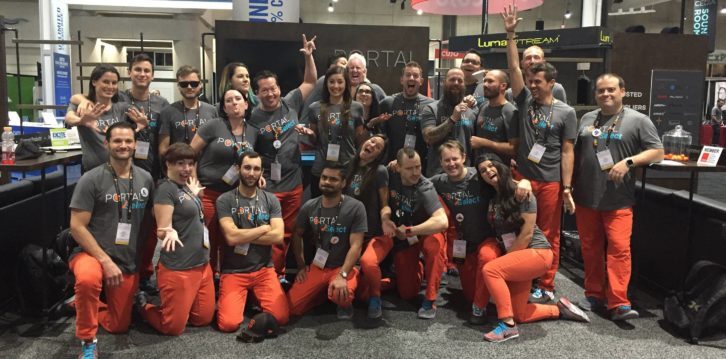
For the company to survive, they had to cut costs and completely pivot. Chisholm and his team made the difficult decision to move away from the marketplace model, back to the original subscription model. On May 15, 2019, Portal flipped the switch, returning to its SaaS roots, as the team held a collective breath and waited to see what dealers would do.
Related: Tech Showcase – Business Software and Services 2020
‘Portal, you are making a SERIOUS mistake’
Portal had built their business doing extensive research with dealers before making any decision, so it seemed improbable that it could end up delivering a platform that dealers didn’t want. The problem with the marketplace turned out to be one of utilization: the dealers didn’t take advantage of the offering, and kept up with their habit of buying from their preferred distributors directly, despite the better buying experience with Portal Select.
“Dealers preferred buying from people they knew, people that helped them when they had questions. Our marketplace turned out to be a multimillion-dollar case study about why distributors have value, and we foot the bill,” says Chisholm. “Distributors thought we were out to replace them, but we told them all along that they had nothing to worry about as long as they maintained really good relationships with their customers, and it turns out we were right.”
Chisholm called his investors to recommend shutting down the marketplace, and then let the industry know that Portal was going to be charging for their services once again.
“We told our dealers, if you really love Portal and want to continue using it, then you’re going to have to pay,” remembers Chisholm. “I worried about this because we went so long as a free service. But they voted with their wallets to the tune of 75 percent of them saying, ‘Gladly!’ and signing up. Some even wrote me letters saying, ‘I am so glad you did this, and can refocus.’”
Of course, not everyone was so pleased. The most vocal evidence of that was in the “Custom Installers’ Lounge” section of the RemoteCentral.com forums, where a thread was started called “Portal, you are making a SERIOUS mistake.” To this day it is one of the most heavily trafficked discussions on the site with some 323 replies and more than 21,000 views. While it was reaffirming to see the degree of passion dealers had for the platform, the Portal team wanted to make sure the members understood what they were doing and why they were headed in a new direction. Chisholm and others on the Portal team leaped into the discussion and provided a transparent look at what had happened to the business. This candid approach paid off, and eventually some of the thread’s most vocal detractors returned to Portal as paying customers.
“It was important for us to stay engaged with those guys,” says Josh Willits, Portal’s president. “And to do it in a professional way that just focused on what things were being said that might’ve been blatantly wrong. Not to instigate, but to contribute to the conversation in a helpful and informative way.”
Portal Today
To focus its approach, the company surveyed its customers to find what they liked most about Portal, and, to nobody’s surprise, it was the proposal tool. “All they wanted was for us to continue to build new features around the proposal tool,” says Chisholm. “And so that’s what we did, and now we have 115 percent of our users back. Even with COVID-19, we never went backward — just flat for a short time. Now we are seeing growth in new users again.”
With the renewed focus on proposals, Portal has added more features that dealers have requested, including Nested Items, Optional Items, a native iOS app and better mobile experience, and a “ridiculously simple” QuickBooks Online integration. The company is getting ready to launch their new payment processing feature in August.
“Payments are the last piece of friction in the proposal process: getting that initial deposit payment and getting the job started,” says Chisholm. “We’re going through beta right now with a bunch of dealers, and they’re able to now collect payment right from the proposal and have their customers pay through Portal.”
Beyond that, the company has a roadmap of features they will be adding as a result of requests from surveyed dealers.
Lessons Learned
With Portal back on solid ground, what would Chisholm have done differently? “Honestly, I’m not sure I would do anything differently,” he says. “Somebody had to take the chance and build a consolidated marketplace for the industry. Someday it will happen, it just won’t be us. If we never followed the opportunity we would always be left wondering, or worse — be left with regret. Given the luxury of hindsight though, the obvious lesson is that we should have continued to focus on what our customers loved the most — our proposal tool.”
For more information, visit portal.io.





